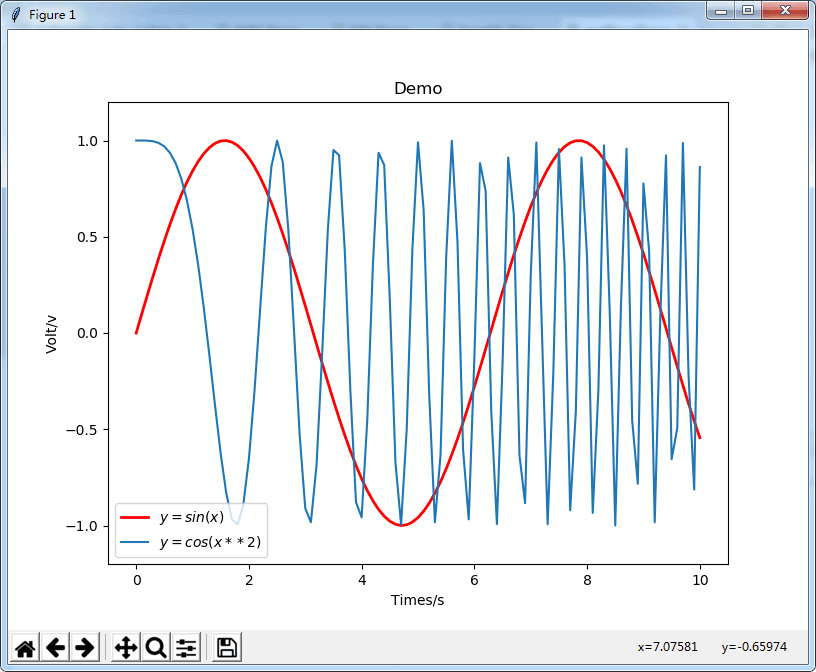使用Python读写文本文件及编写简单的文本编辑器
学习raw_input和argv是学习读取文件的前提,你可能不能完全理解这个练习,所以认真学习并检查。如果不认真的话,很容易删除一些有用的文件。
这个练习包含两个文件,一个是运行文件ex15.py,一个是ex15_sample.txt。第二个文件不是脚本文件,只包括一些文本,如下:
This is stuff I typed into a file. It is really cool stuff. Lots and lots of fun to have in here.
我们要做的就是打开这个文件,然后打印文件内容,我们不在代码中写死文件名称,因为我们如果要读取其他文件的话,就要重新修改代码,解决这个问题的办法就是使用argv和raw_input。
from sys import argv
script, filename = argv
txt = open(filename)
print "Here's your file %r:" % filename
print txt.read()
print "Type the filename again:"
file_again = raw_input("> ")
txt_again = open(file_again)
print txt_again.read()
上面的代码做了一些有意思的事情,让我们快速的分解一下:
1-3行使用argv取得文件名。第5行使用open命令,现在使用pydoc open看看这个命令的介绍。
第7行打印一行信息,但是第8行有一些新的东西。我们在txt上调用了一个方法。我们通过open方法得到一个file,这个file有一些我们可以调用的方法。使用这些方法的方法就是在file后面加一个.(点),比如txt.read(),就像是说:“嘿,执行读取命令,没有任何参数!”
剩下部分大家在加分练习中分析吧。
运行结果
root@he-desktop:~/mystuff# python ex15.py ex15_sample.txt
Here's your file 'ex15_sample.txt': This is stuff I typed into a file. It is really cool stuff. Lots and lots of fun to have in here. Type the filename again: > ex15_sample.txt This is stuff I typed into a file. It is really cool stuff. Lots and lots of fun to have in here.
下面几个文件的命令比较常用:
- close -- 关闭文件,相当于编辑器中的File->Save
- read -- 读取文件内容分配给一个变量
- readline -- 读取一行内容
- truncate -- 清空文件,小心使用这个命令
- write(stuff) -- 写入文件。
这些是你应该知道的重要命令,只有write需要提供参数。
让我们使用这些命令实现一个简单的文本编辑器。
from sys import argv
script, filename = argv
print "We're going to erase %r." % filename
print "If you don't want that, hit CTRL-C (^C)."
print "If you do want that, hot RETURN."
raw_input("?")
print "Opening the file..."
target = open(filename, 'w')
print "Truncating the file. Goodbye!!"
target.truncate()
print "Now I'm going to ask you for three lines."
line1 = raw_input("line 1: ")
line2 = raw_input("line 2: ")
line3 = raw_input("line 3: ")
print "I'm going to write these to the file."
target.write(line1)
target.write("\n")
target.write(line2)
target.write("\n")
target.write(line3)
target.write("\n")
print "And finally, we close it."
target.close()
这个程序比较长,所以慢慢来,让它能运行起来。有个办法是,先写几行,运行一下,可以运行再写几行,直到都可以运行。
运行结果
你会看到两个东西,一个是程序的输出:
root@he-desktop:~/mystuff# python ex16.py test.txt
We're going to erase 'test.txt'. If you don't want that, hit CTRL-C (^C). If you do want that, hot RETURN. ? Opening the file... Truncating the file. Goodbye!! Now I'm going to ask you for three lines. line 1: Hi! line 2: Welcome to my blog! line 3: Thank you! I'm going to write these to the file. And finally, we close it.
还有就是你新建立的文件,打开看看吧。


